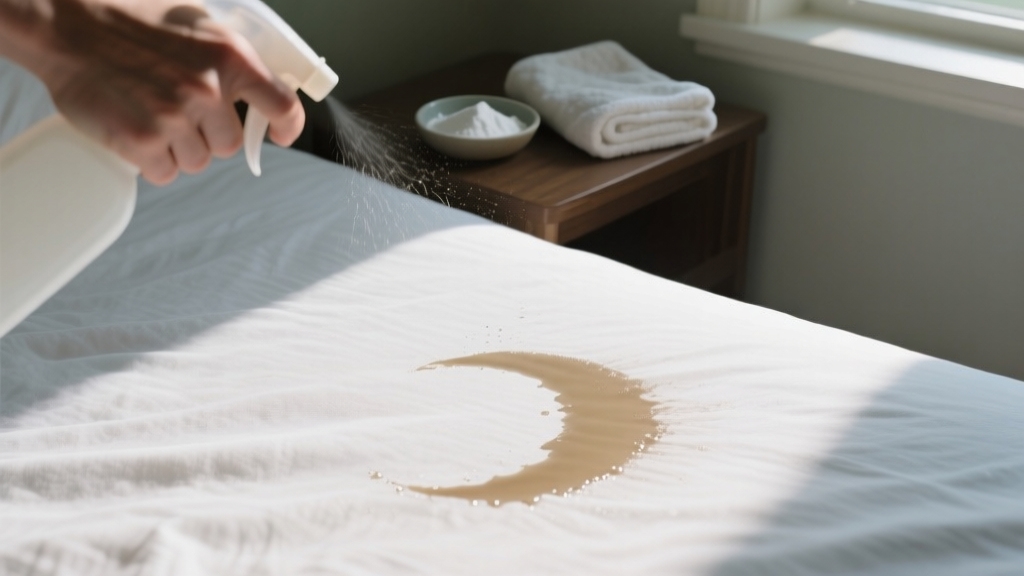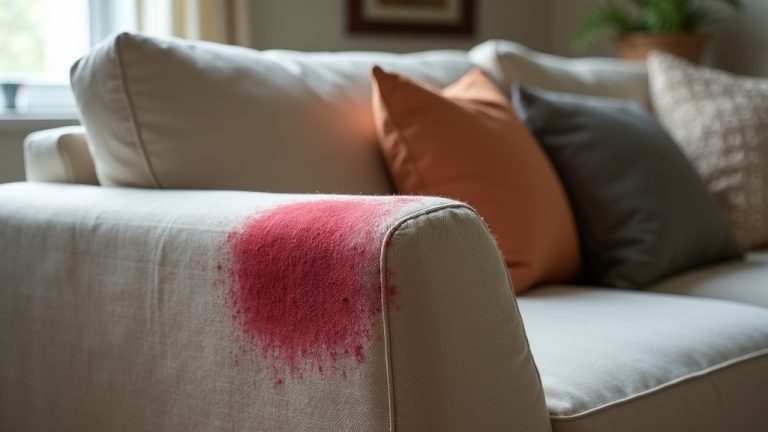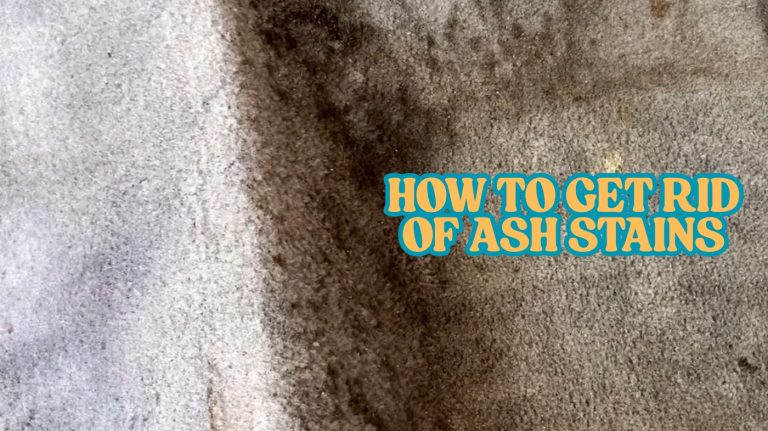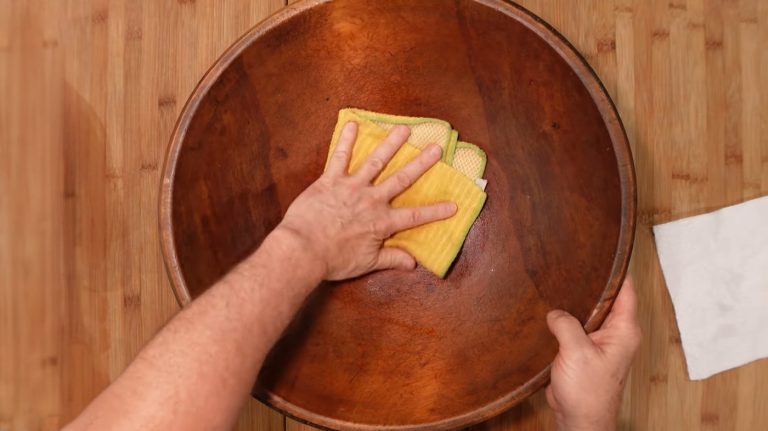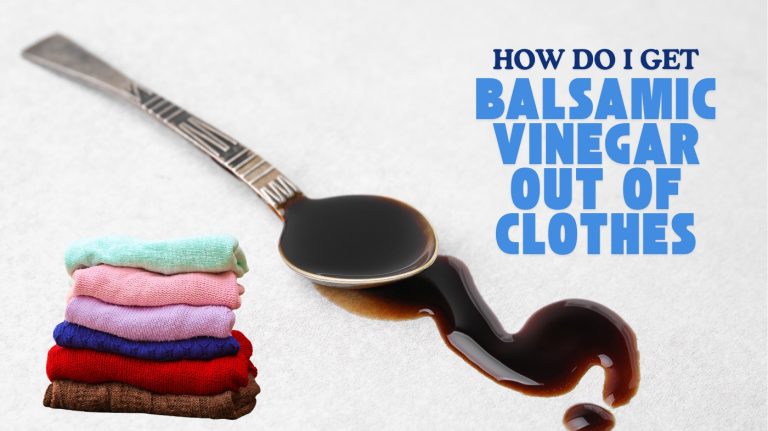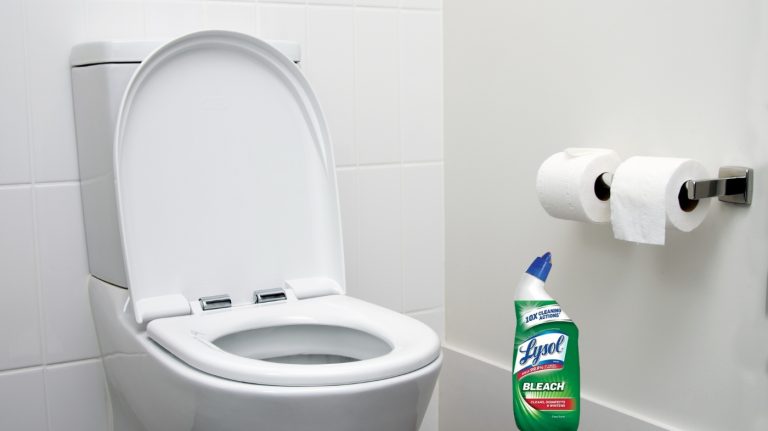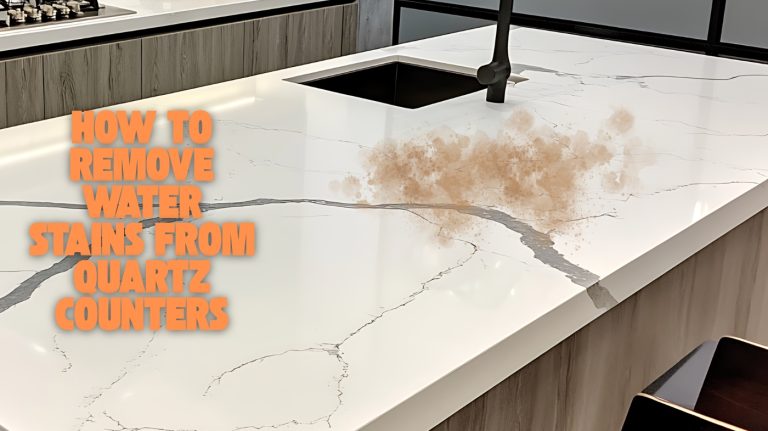How to Get Pee Out of Sheets? Quick and Effective Tips
To get pee out of sheets, start by blotting the spot gently with clean cloths to soak up moisture without rubbing. Pre-treat stains using enzymatic cleaners or a vinegar-water solution to break down urine components and neutralize odors.
Wash sheets in cold water with heavy-duty detergent, adding vinegar in the rinse cycle. Air dry in sunlight for natural odor removal. This approach tackles stains and smells efficiently; exploring further can reveal even more effective cleaning and care tips.
Key Takeaways
- Immediately blot urine with clean cloths, pressing firmly without rubbing to absorb as much liquid as possible.
- Pre-treat stains using enzymatic cleaners or a vinegar-water solution to break down urine proteins and neutralize odors.
- Wash sheets in cold water with heavy-duty detergent and add white vinegar during the rinse cycle to remove stains and odors.
- Air dry sheets in sunlight to utilize UV rays for natural odor and stain reduction, avoiding high heat drying.
- Re-treat stubborn stains with hydrogen peroxide and baking soda mixture before rewashing to ensure complete removal.
Immediate Steps to Absorb Urine From Sheets
When urine hits your sheets, start by blotting the area immediately with a clean, dry cloth or paper towels. Press firmly but don’t rub. You want to absorb the urine without spreading it further into the fabric.
Rotate or replace your blotting materials frequently to soak up as much liquid as possible. Acting quickly reduces the difficulty of odor removal immediate action.
After blotting, lay down fresh absorbent cloths or paper towels over the damp spot, applying gentle pressure to draw out remaining moisture. Using tools with ergonomic handle designs can help maintain comfort during this process.
Change these absorbent layers often to keep the drying process efficient. Avoid scrubbing to prevent pushing urine deeper into fibers. Handle the soiled bedding carefully, stripping sheets and pillowcases right away without shaking to minimize contamination.
These quick, targeted actions prevent the urine from soaking in and help reduce odors before you wash.
Effective Pre-Treatment Methods for Urine Stains
Although immediate blotting helps, tackling urine stains effectively requires targeted pre-treatment to break down proteins and neutralize odors before washing.
Start by applying an enzymatic cleaner, which breaks down urine proteins and uric acid, especially useful for pet urine. Spray or soak the stain and let it sit for 10-15 minutes. Using an enzyme-based solution enhances stain and odor removal by targeting protein-based residues.
Alternatively, use a vinegar-water solution to neutralize odors and loosen stains, allowing it to sit similarly. Do not mix vinegar with bleach to avoid harmful chemical reactions.
For stubborn marks, try a hydrogen peroxide mix with baking soda and detergent, but test on fabric first to avoid discoloration.
Baking soda alone can also help by soaking the sheets in warm water and baking soda for 15 minutes.
Finish pre-treatment with a heavy-duty enzyme detergent or stain remover for maximum stain breakdown before washing.
Best Washing Practices to Remove Pee From Sheets
Since urine stains can set quickly, you should always wash sheets in cold water to prevent embedding stains and odors permanently. Use heavy-duty detergent to break down organic matter and add a cup of white vinegar during the rinse cycle to neutralize odors.
Treating the stain promptly is crucial because fresh stains are easier to remove than set-in ones. After washing, it’s important to let the sheets air dry naturally in a well-ventilated space to prevent any lingering moisture that could lead to mold development.
Baking soda can be added if fabric care allows. Avoid hot water and harsh scrubbing, as these worsen stain setting. For stubborn stains, soak sheets in oxygen-based bleach with cool water before washing on the warmest safe setting.
Enzyme cleaners are excellent for breaking down urine proteins and can be used as a pre-soak.
| Step | Product/Method | Purpose |
|---|---|---|
| Wash | Cold water + detergent | Prevent stain setting |
| Add | White vinegar | Neutralize urine odor |
| Optional | Baking soda | Reduce lingering smells |
| Soak (stubborn) | Oxygen bleach | Remove old stains |
| Pre-soak | Enzyme cleaner | Break down urine proteins |
Techniques for Drying and Post-Wash Care
Proper drying and post-wash care play an essential role in fully removing urine stains and odors from sheets.
After washing, air-drying your sheets outdoors is ideal. Hang them flat with clothespins, expose them to direct sunlight, and rotate periodically for even drying. This method also helps maintain the fabric’s freshness by preventing bacteria buildup. Using eco-friendly cleaning tools can further enhance hygiene and reduce chemical exposure.
This prevents heat-setting residual stains and utilizes UV rays to reduce odors naturally. If you use a dryer, choose moderate heat settings suitable for the fabric and avoid overdrying to protect fibers.
Always check for lingering stains before drying. If present, re-treat and wash again. Once dry, store sheets in a clean, dry place with good airflow. Avoid sealed plastic bags to prevent mildew and odors.
Strategies to Eliminate Urine Odor Completely
When you want to eliminate urine odor completely, tackling it at the molecular level is key. Enzyme cleaners break down urine molecules, neutralizing odors instead of masking them.
Complement these with chemical solutions like hydrogen peroxide and baking soda to absorb and bleach stains.
Immediate blotting and vinegar pre-treatment prevent odors from setting in, and proper ventilation helps prevent mold growth and accelerates drying.
Natural odor neutralizers such as lemon juice or essential oils offer added freshness but should accompany deeper cleaning.
Creating a dedicated ‘accident management’ station stocked with essential cleaning supplies can help streamline the process and improve efficiency during accidents.
| Strategy | Key Action |
|---|---|
| Enzyme Cleaners | Break down urine molecules |
| Chemical Solutions | Use peroxide & baking soda mix |
| Immediate Cleaning | Blot & pre-treat with vinegar |
| Natural Neutralizers | Apply lemon juice or essential oils |
Combine these methods for thorough odor removal.
Frequently Asked Questions
Can Urine Stains Damage Mattress Foam or Latex?
Yes, urine stains can damage mattress foam or latex if you don’t clean them quickly.
The uric acid in urine breaks down these materials chemically, weakening their structure and support.
Moisture also promotes mold and mildew growth, causing odors and deterioration.
Over time, stains discolor and degrade the foam or latex.
To protect your mattress, promptly blot urine, use gentle cleaners like diluted vinegar, and guarantee thorough drying to prevent lasting damage.
Are There Safe Alternatives to Bleach for Colored Sheets?
Yes, you have several safe alternatives to bleach for colored sheets.
Oxygen-based bleach works well without fading colors; just soak in cool water first.
Vinegar and baking soda naturally break down stains and odors without discoloring fabrics.
Enzyme-based detergents target urine proteins effectively, especially on delicate materials.
Hydrogen peroxide mixed with mild detergent can help, but test a hidden spot first to avoid fading.
Always air dry to protect your sheets.
How Do Pet-Specific Urine Cleaners Differ From Regular Enzyme Cleaners?
So, you thought all enzyme cleaners were created equal? Think again.
Pet-specific urine cleaners don’t just dab at stains. They chemically dismantle uric acid crystals, the real stink villains, while regular enzyme cleaners mostly just play surface-level.
They keep working deep in fabrics, neutralizing odors instead of masking them. Plus, they’re safer for your furry friends, using pet-friendly bacteria and enzymes tailored for pet messes.
Regular cleaners? They’re just not built for the job.
What Precautions Should I Take When Using Hydrogen Peroxide on Fabrics?
You should always wear protective gloves and work in a well-ventilated area to avoid skin and respiratory irritation.
Test hydrogen peroxide on a hidden fabric spot first to check for discoloration or damage.
Avoid using concentrations above 3% on colored or delicate fabrics, as it can bleach or weaken fibers.
Store it in a cool, dark place, away from heat or flames.
Never mix it with combustible substances to prevent fire hazards.
Can Direct Sunlight Cause Discoloration on Urine-Stained Sheets?
Absolutely, direct sunlight can turn your urine-stained sheets into a patchy mess faster than you think.
UV rays bleach fabric unevenly, especially where stains are, causing noticeable discoloration.
If you leave sheets too long, beyond three hours, you risk over-bleaching and fiber damage.
To avoid this, wash sheets well first, limit sun exposure, and dry them flat without overlapping.
That way, you keep your fabric safe and stain-free without turning your sheets into a faded disaster.
Take Action: Keep Your Sheets Spotless Every Time
Now that you know exactly how to tackle pee on your sheets, you’re ready to conquer stains and odors like a cleaning superhero.
Act fast to absorb, pre-treat thoroughly, wash with care, and dry properly to keep your bedding fresh and spotless.
With these simple steps, no urine stain stands a chance against you. Your sheets will look and smell better than ever, making your bed feel like a brand-new sanctuary every night.

